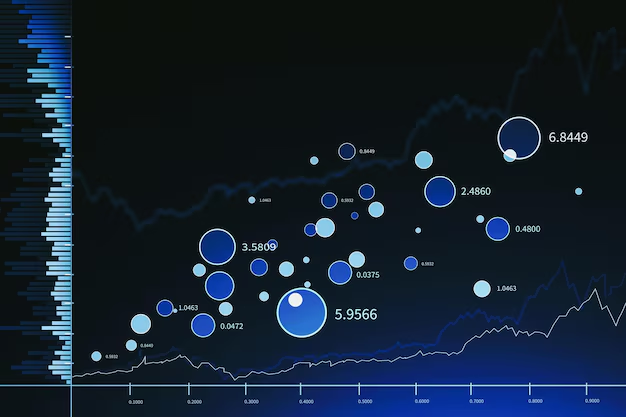When Will the Countdown to the Last Bitcoin End?
Bitcoin, the world’s first cryptocurrency, functions on a fascinating principle: it is finite. Unlike paper currencies that can be printed at will, Bitcoin is inherently capped by its algorithm, ensuring that only 21 million will ever exist. This cap leads to the critical question that piques the curiosity of enthusiasts and investors alike: When will the last Bitcoin be mined?
The Halving Schedule and Its Impact
To predict when the last Bitcoin will be mined, one must understand the role of Bitcoin halving events. Approximately every four years, the reward miners receive for validating transactions and securing the network halves. This ingenious mechanism was embedded to gradually reduce the rate at which new Bitcoins are generated, ultimately leading to zero new supply around the year 2140.
The halving schedule not only controls inflation but also creates significant economic events that influence Bitcoin’s price and miner operations. As the rewards decrease, miners must operate more efficiently or find additional revenue streams, such as transaction fees, to remain profitable.
The Road to 2140: A Matter of Mining Economics
The arrival of the last Bitcoin will depend largely on the viability of mining operations as the reward per block continues to dwindle. The energy-intensive nature of Bitcoin mining requires a delicate balance between electricity costs and the value of Bitcoin itself. As technology advances, miners may find efficiencies that allow them to remain profitable until the last coin is extracted.
Additionally, as the reward approaches zero, miners will rely increasingly on transaction fees as an economic incentive to continue confirming blocks. This evolution in mining economics is pivotal, as it will determine the landscape of Bitcoin operations in the long run.
What This Means for Financial Strategy
Understanding when the last Bitcoin will be mined opens broader discussions about financial planning and strategy. As Bitcoin becomes scarcer, its role as 'digital gold' may strengthen, urging both governments and individuals to reconsider their financial portfolios. Simultaneously, this scarcity compels individuals and businesses to explore supplementary financial options:
Government Aid Programs: With the potential volatility in digital currency markets, having a safety net like government financial assistance can be crucial. Exploring these programs could offer financial relief in unpredictable times.
Educational Grants and Scholarships: If investing or trading isn’t an immediate option, educating oneself about market economies, blockchain technology, or cryptocurrency investment strategies might be an investment for the future.
Debt Relief Options: For those burdened by traditional debts, understanding the implications of a digital economy may provide avenues for restructuring finances, thereby offering relief and paving the way for future financial stability.
Credit Card Solutions: As digital economies expand, utilizing credit card solutions that offer Bitcoin rewards or cashback on cryptocurrency trades might become smarter alternatives to maximize financial benefits.
Embrace the Future with Today’s Opportunities
As we await the historic mining of Bitcoin’s final block around 2140, today’s landscape offers numerous financial tools and aids to help navigate the evolving economy. Whether investing in digital currencies or leveraging available assistance programs, proactive financial planning remains key.
Discover Your Financial Toolbox:
- 📊 Government Financial Support: Explore local and federal programs for financial aid.
- 🎓 Educational Opportunities: Invest in blockchain courses and scholarships for future readiness.
- 💸 Debt Relief Services: Seek advice on consolidating debts to optimize repayments.
- 💳 Innovative Credit Solutions: Find cards with cryptocurrency rewards or benefits.
- 🔍 Long-term Financial Planning: Consult financial experts for diversifying investments.
Strategizing now with these resources can prepare you well for a future where digital currencies play a pivotal role. Plan wisely, and the economic uncertainties of tomorrow will seem less daunting.
